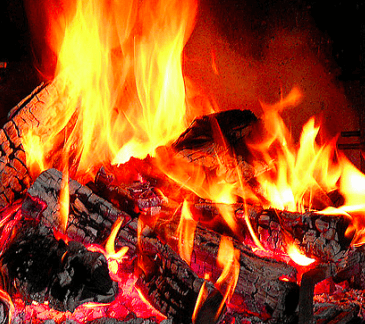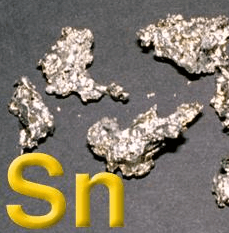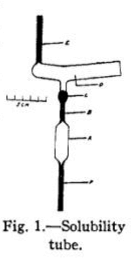Curves for the Sensible Heat Capacity of Furnace Gases
Knowledge of the thermal capacity of gases is of great importance in making metallurgical calculations. The metallurgist is frequently called upon to investigate and determine furnace efficiencies in which the heat carried into or out of the furnace by gases is a large item in the heat balance. Not only do such problems present themselves in […]
Copper Smelting Furnace
The early development of the reverberatory furnace for smelting copper ores was the work of the Welsh smelters, particularly those of Swansea. The first record of a reverberatory furnace is made by Jars, who states that copper-smelting was effected in reverberatory furnaces at Middleton-Tyas, in Yorkshire, England. The first patent, of any importance, for improvements […]
Chloridizing Leaching
Outline of the Chloridizing Leaching Process: The Mines Operating Co.’s plant at Park City, Utah, was designed to treat the low-grade fillings in the old stopes of the Ontario mine. These fillings carry 6 to 14 oz. of silver, 1 to 2 lb. copper, 0.01 to 0.015 oz. of gold, and a small percentage of lead […]
Assay of Gold and Silver by the Iron-Nail Method
The iron-nail method of assaying has been used for a number of years, but has not met with the approval of all assayers. The method possesses advantages which may be given as follows: (1) no preliminary treatment is required; (2) a lead button of proper size can be obtained; (3) it is economical. On the […]
Assaying for Silver and Gold
From time immemorial the methods of assaying any materials for silver and gold were in reality nothing but laboratory smelting methods. The writer arrived in Butte, Mont., he found that these metals, contained in copper bullion, were still determined by the all-fire assay, both in the same charge. There seems to be no record as […]
Copper Bullion Assay
Someone some time ago remarked that some chemists still insist on telling us how to determine copper by the electrolytic method. The writer must confess that he believes that everything is not known definitely as yet as to how the exact amount of copper is determined in such material as purest commercial electrolytic copper. Some […]
Wood Burning Assay Furnace

Wood burning assay furnaces are made with single and double muffles and are much like the soft coal furnaces except that a larger firebox and grate are used. Wood is usually sawed in 2-foot lengths and with dry wood the muffle may be easily heated sufficiently for assaying. Hard wood is much to be preferred […]
How to Estimate the Tin Content: Assay Determination

The object that the writer has mainly in view in presenting this paper is to draw the attention of those connected with the technical side of the industry to the unsatisfactory and by no means up-to-date methods employed in estimating the tin contents of an ore. At the same time, what is regarded, from the […]
Electrolytic Refining: Silver – Gold – Copper
The refinery takes the bullion purchased by the receiving department, and carrying more than 200 parts of precious metals in 1,000, or, in mint parlance, over 200 fine, and separates and refines the various metals contained therein, using electrolytic processes exclusively. Bullion containing silver is treated in cells charged with a nitric electrolyte. These cells […]
Solubility Of Gold In Mercury

Although three rather extensive researches on the system gold-mercury have been published within the last ten years, the disagreement in the various results is most remarkable, particularly at lower temperatures. Quite recently rather precise results on the system silver-mercury, using a new type of solubility tube, have been published by Sunier and Hess;* it has […]
